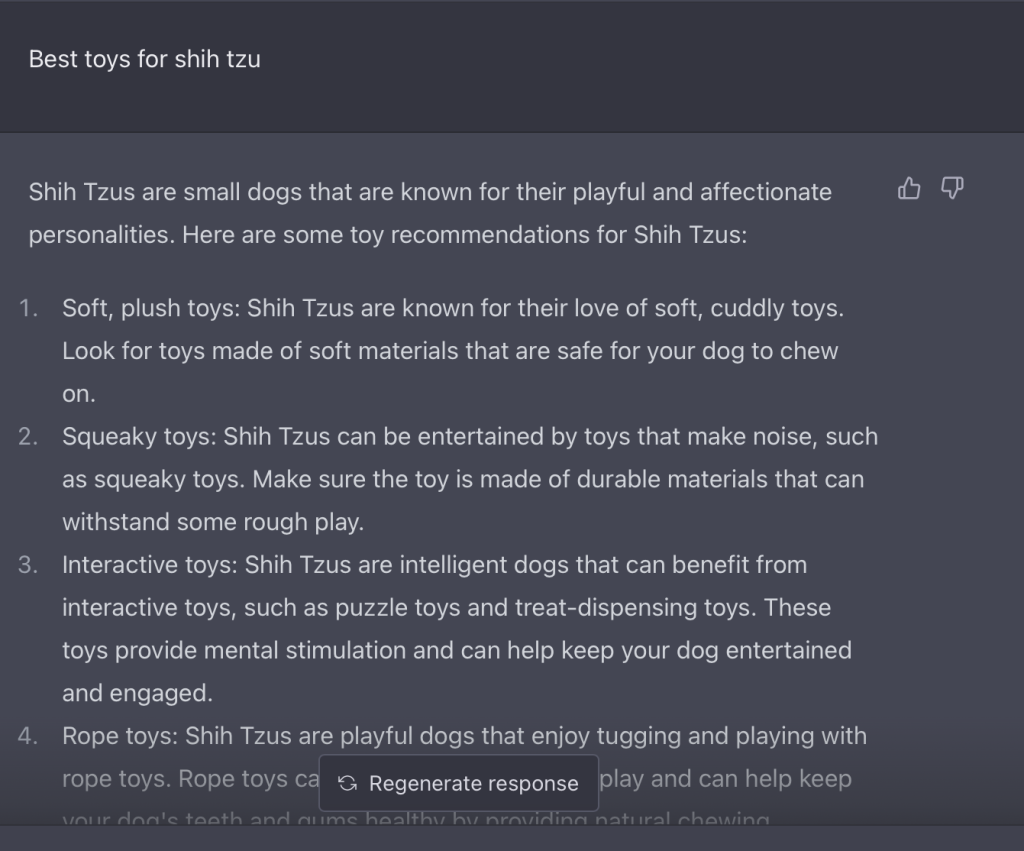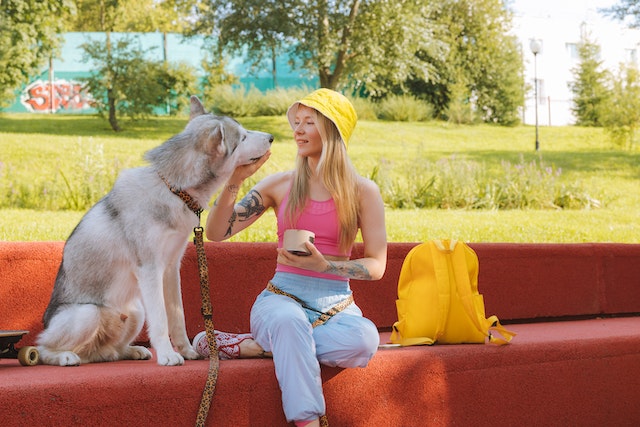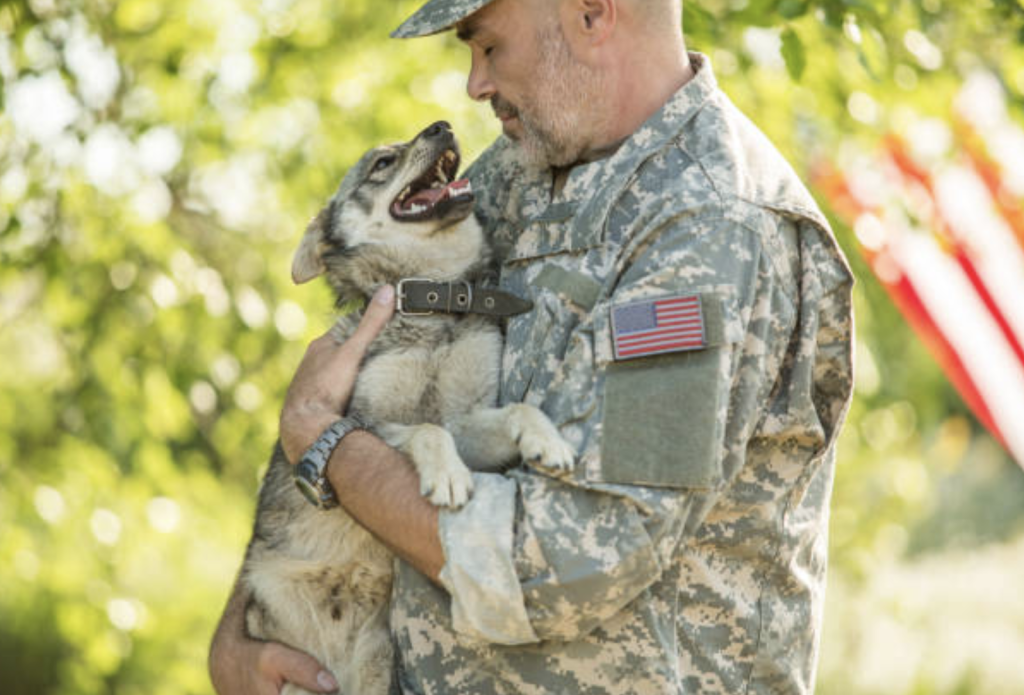It’s a well-established fact that pets can brighten our day and improve our well-being. But emotional support animals can do more than that.
Emotional support animals (ESA) are animals that offer an emotional connection to people suffering from mental and physical disabilities. The most common ESAs are dogs and cats but other animals can also be considered as ESA as long as they provide therapeutic benefits.
Although emotional support animals do not perform specific tasks, their companionship can help relieve the symptoms associated with severe mental conditions. Some of the mental conditions are listed below.
1. Anxiety
Anxiety can negatively impact a person’s emotional and physical health. It’s especially difficult when a person experiences anxiety or panic attacks, making them restless or nauseous. Emotional support animals can reduce these feelings by providing comfort and security.
For people with social anxiety, the presence of ESAs can help build confidence and motivate them to interact with others. They offer a sense of stability when exploring a new environment and make challenging situations less stressful.
2. Depression
Depression is a mental condition that negatively affects how people feel, think, and act. It often leads to extreme feelings of sadness and loss of interest.
There are several possible reasons why some people are diagnosed with depression. It can be due to your brain chemistry, genetics, or stressful life events. But whatever the cause, ESAs can alleviate the symptoms of depression.
ESAs provide companionship and reduce feelings of loneliness. In these situations, dogs are commonly used as ESAs because of their friendly and outgoing nature. They sense when you’re sad or happy and they crave your love and attention.
3. Post-Traumatic Stress Disorder (PTSD)
PTSD is a form of anxiety disorder that is caused by exposure to terrifying or fatal events. People with PTSD experience panic attacks and sometimes have difficulty sleeping due to intense fear.
ESAs can help individuals with this condition by making them feel safe and secure. They also reduce stress levels by giving friendship and constant companionship.
4. Autism
Most people with autism have difficulty managing their emotions. Some have sudden outbursts and might hurt themselves. Although there is currently no cure for autism, therapies like the use of service animals and ESAs are available to manage some of the symptoms. These animals can provide a solid source of support and comfort to autistic children.
ESAs can provide comfort in stressful situations, but service dogs are more commonly used as companions for people with autism. That’s because they’re trained to detect mood changes and can help navigate physical spaces.
5. Bipolar disorder
The problem with bipolar disorder is the sudden changes in mood, energy, and behavior. Emotional support dogs can detect these changes and make people calmer in times of great distress. They don’t judge and show love, whatever emotions you feel!
Conclusion
Although ESAs can help people suffering from mental conditions, it’s important to note that they’re not a substitute for medical treatments. Therapists and other medical professionals often recommend getting ESAs as an addition to other medications and therapies.
Do you own an assistance animal? Register your pet today.
The Service Animal Registry of California invites you to have your assistance animal registered in order to designate its status. We also encourage you to take our online classes so you can be fully aware of your rights and gain more knowledge about your support animal.
Finally, we present to you our book entitled, “ASSISTANCE ANIMAL LAWS: LEARN YOUR RIGHTS REGARDING SERVICE ANIMALS, EMOTIONAL SUPPORT ANIMALS, THERAPY PETS, AND OTHER DOGS, CATS, AND ASSISTANCE ANIMALS” to provide you with a complete education on assistance animals. Purchase your copy of the book by clicking the image below. 



















